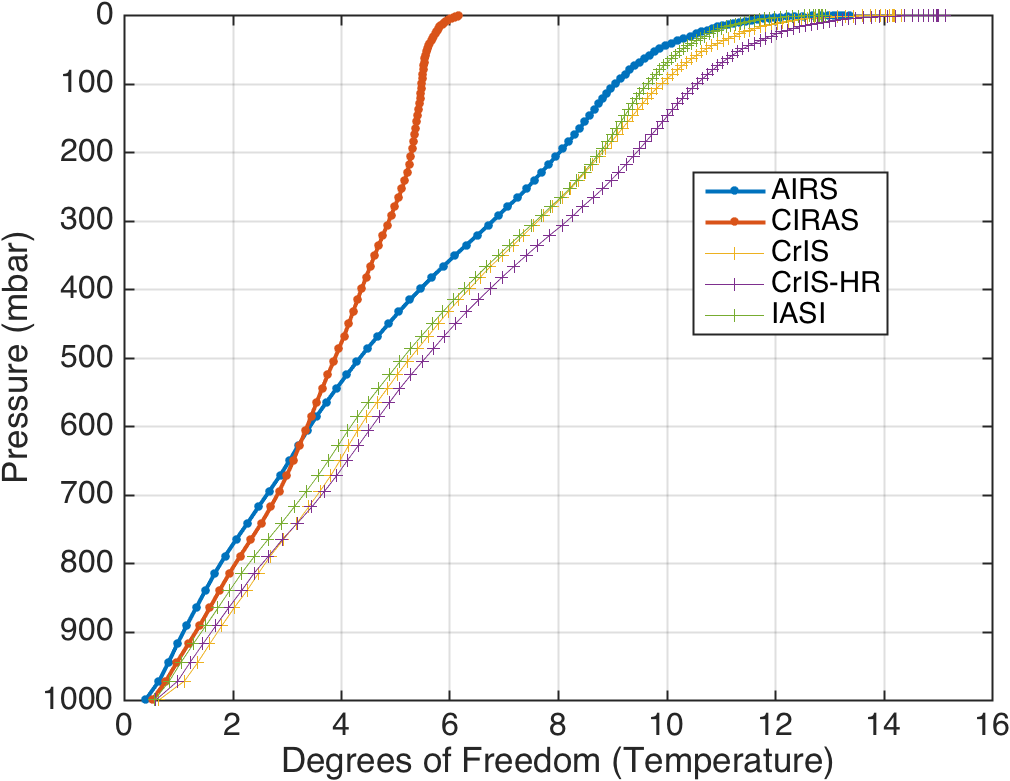Sample Org-Mode File for Hugo
Fri, Sep 8, 2017Table of Contents
1 Introduction
This is a sample org file for producing a hugo web page. What you should look at carefully is how you can easily get a latex pdf output from this file by some very small and easy changes to the code generating figures. This is partially required since you cannot show .pdf files in-line with html, and figures using .pdf files look better in LaTeX output pdfs.
2 Figures (NEW WAY)
Org-mod does not know about Hugo, and that is reflected in how org-mode handles links.
The Hugo website view of both the "content" and "static" directories are at
the Hugo top-level (they are combined). You can put limited figures in
the static directory, but I don't want to fill-up the aslhugo git repo with
figures (maybe this will change). For example, if you want a photo in your
home page, put it in /static/hepplewhite/hepplewhite.jpg as an
example. Then refer to it as [[/hepplewhite/hepplewhite.jpg]].
However, if we want to move to putting figures into the repo, we can do it as follows:
- Make a directory with the same name as the org file, without the .org
- Put your figures there, here called test.png
- Refer to them with the relative path
[[./test.png]]
Below I have now inserted the figure into the web page with a caption. I've included in the .org file syntax to control the figure width in the latex output as well.

Figure 1: A test figure.
3 Figures (OLD WAY)
Absolute URLs for figures can also be used.

Figure 2: Another caption for a figure on the ASL web site.
4 Orgmode Syntax
Code blocks, examples, prose, etc can be done a number of ways, two
ways are shown below, see the source code of this document to see how
these are done. Here is the rendering of an in-line code block. Is
was done by enclosing the code block in =, as shown below where we
repeat these last two sentences. #+END_SRC Note that the code block
rendering will render carriage return, line feeds if they exist.
To render a matlab file (or latex, or html, etc) just use the backticks, and put the language right after the first set of three backticks. I would generally put language of "text" for notes, or if you do not want automatic colorization, etc. I can't figure out how to render a code block inside a code block, so look at the source of this file (/strow/hugo_orgmode.md) to see how this works.
% A matlab code snippet
for i=1:n
a(i) = fact(i);
end
5 Math
To include a mathematical formula in-line using org-mode, just use normal latex syntax. Here is some in-line math a = α × β. For latex equations or displaymath just type them in the file as usual:
\begin{equation} \frac{n!}{k!(n-k)!} = \binom{n}{k}. \end{equation}6 Lists
Lists work out of the box (enumerated or itemize)
- Just write a Markdown document, and sprinkle your LaTeX code snippets in between.
- Save the document with an
.mdsuffix. - Run the Pandoc conversion:
- Just write a Markdown document, and sprinkle your LaTeX code snippets in between.
- Save the document with an
.mdsuffix.- nested list
- Run the Pandoc conversion:
There is a css formating bug somewhere that puts in the extra space after a nested list.
7 Tables
Hugo is limited to simple tables, org-mode provides much more flexibility. Here is the Hugo (default markdown) table syntax, followed by it's html rendering. The code block is fancier than it's rendering…
Here is a table using org-mode, followed by the code. Unfortunately, there is a bug in org-mode that doesn't put a carriage-return, line-feed after a left-justified table, so avoid those for now.
| Name | Age |
|---|---|
| Bob | 27 |
| Alice | 23 |
The code. If you don't center the table, the rendering goes bad.
8 Table of Contents
It is not possible to automatically produce a table of contents with
org-mode that can be passed to Hugo. For some reason, when you set
body-only to true (C-e C-b) org-mode will not output the table of
contents, even if you request it. Although tedious, you can just out
put the full (body-only false) html, grab the table of content html
code, and then insert that into your org file right before the
#END_EXPORT. Just wait until you are done, or have your sections
done, and this will work.
9 Fenced Matlab Code Block
Here is an example of a Matlab fenced code block. Note, you can do ascii tables inside code block if you like. Looks at the source for this file to see how to do this.
% A matlab code snippet
% NAME
% rad2bt - translate radiance to brightness temperature
%
% SYNOPSIS
% bt = rad2bt(fr, rad);
%
% INPUTS
% fr - n-vector of wavenumbers, cm-1
% rad - n x k array of radiances, mW/m2 per strad
%
% OUTPUT
% bt - n x k array of brightness temps, K
%
% AUTHOR
% H. Motteler
%
function bt = rad2bt(fr, rad);
% Constants; values from NIST (CODATA98)
c = 2.99792458e+08; % speed of light 299 792 458 m s-1
h = 6.62606876e-34; % Planck constant 6.626 068 76 x 10-34 J s
k = 1.3806503e-23; % Boltzmann constant 1.380 6503 x 10-23 J K-1
% Compute radiation constants c1 and c2
c1 = 2*h*c*c * 1e+11;
c2 = (h*c/k) * 100;
% the scalar calculation, for reference
% bt = c2 * fr / log(1 + c1 * fr^3 / rad)
% LLS cut a bunch out here!
% do the vectorized calculation
bt = c2 * (fr * ones(1,j)) ./ log(1 + c1 * (fr.^3 * ones(1,j)) ./ rad);
% restore rad original shape
bt = reshape(bt, d2);